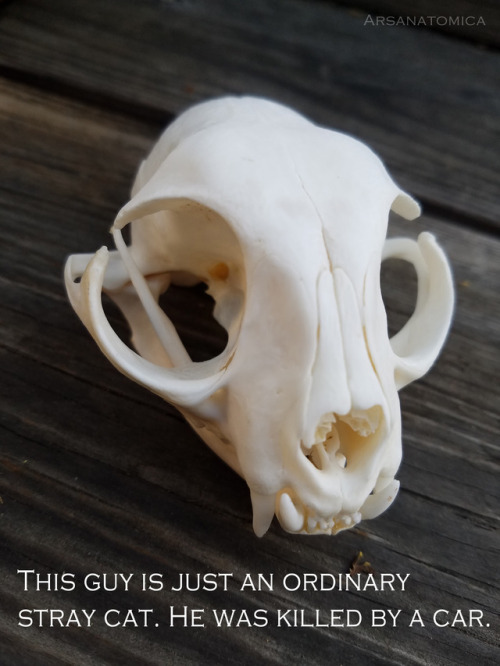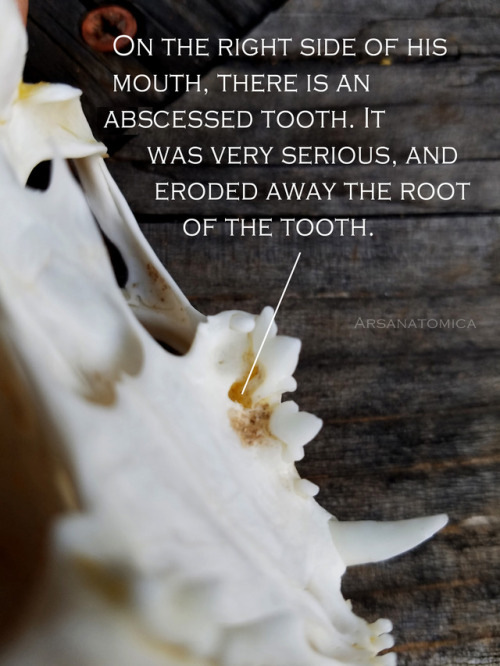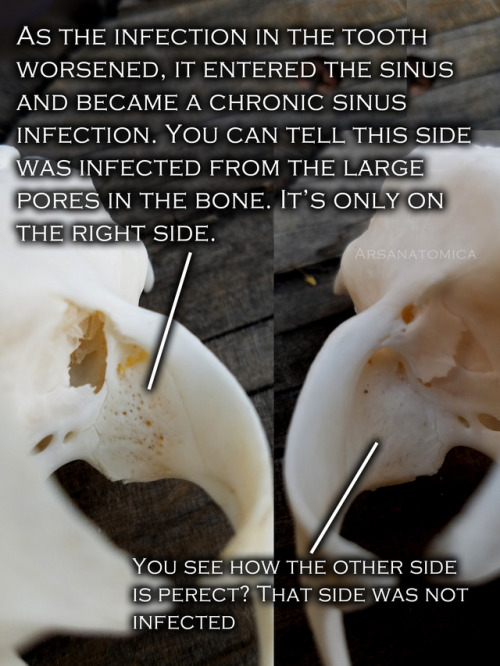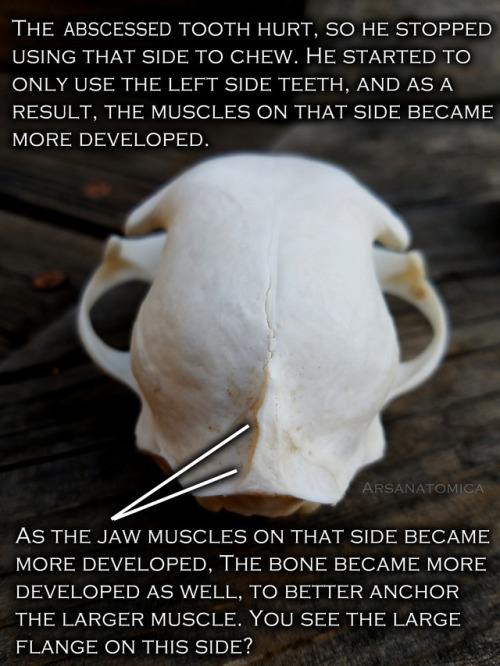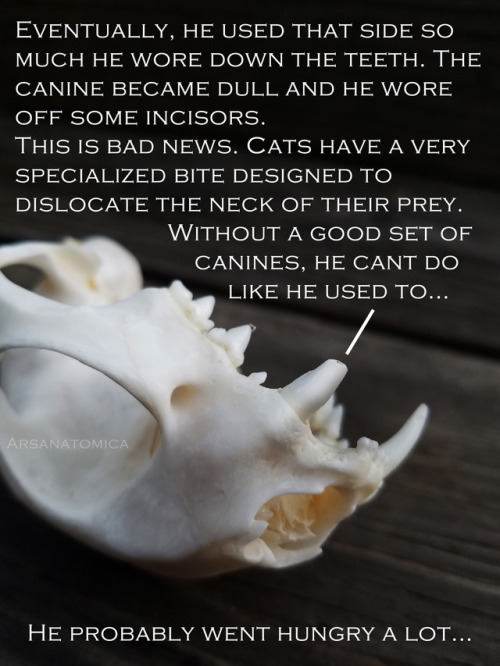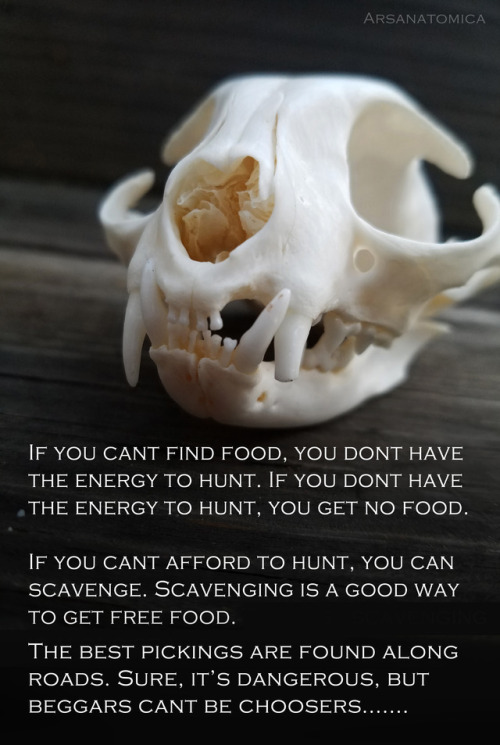T-sci-eng - SCIENCE AND ENGINEERING
More Posts from T-sci-eng and Others



Thought this was important to post.


It’s easy: Form a triangle, then a hexagon, then a bicycle wheel
This is the general mechanism on how a spider spins its web (talk about engineering, right?). When an insect gets caught in its web, the vibrations caused by the insect is felt by the spider which then rushes to engulf its prey.
Now here is the trippy part ; This is the effect of drugs on the pattern of the web.


Hope you are having a great week. Have a good one!
* Spider spinning a web (video) (if you find a better full video let us know)
** Spiders on drugs - NASA article ; Video
coolest physics thing that u know??
The coolest physics thing that I know keeps changing over time. But here is one that is extremely fascinating ( and also exaggerated for the effect ; but true! ):
Person living at the top of a skyscraper experiences time faster than one at the bottom
It is a known fact that the higher you are in the earth’s ** atmosphere, the lesser the effect of gravity is.
But the lesser the effect of gravity is, the faster the time ticks.

By how much you ask? Even if you live on the top floor of the Burj Khalifa your entire life, you would have aged more only by a few milliseconds than your friends at the bottom.
( Sure, doesn’t seem like much, but hell would break loose if we don’t consider this on the bigger scale of things )
This is known as Gravitational time dilation and is at the foundations of General Theory of Relativity. (More about this in an upcoming post)
Have a great day and thanks for asking!
EDIT: ** Lets just say hypothetically the earth is not spinning( just to ignore special relativistic effects) and we are looking at only the effects of height.
On the direction of the cross product of vectors
One of my math professors always told me:
Understand the concept and not the definition

A lot of times I have fallen into this pitfall where I seem to completely understand how to methodically do something without actually comprehending what it means.
And only after several years after I first encountered the notion of cross products did I actually understand what they really meant. When I did, it was purely ecstatic!
Why on earth is the direction of cross product orthogonal ? Like seriously…
I mean this is one of the burning questions regarding the cross product and yet for some reason, textbooks don’t get to the bottom of this. One way to think about this is :
It is modeling a real life scenario!!
The scenario being :

When you try to twist a screw (clockwise screws being the convention) inside a block in the clockwise direction like so, the nail moves down and vice versa.

i.e When you move from the screw from u to v, then the direction of the cross product denotes the direction the screw will move..
That’s why the direction of the cross product is orthogonal. It’s really that simple!
Another perspective
Now that you get a physical feel for the direction of the cross product, there is another way of looking at the direction too:
Displacement is a vector. Velocity is a vector. Acceleration is a vector. As you might expect, angular displacement, angular velocity, and angular acceleration are all vectors, too.
But which way do they point ?

Let’s take a rolling tire. The velocity vector of every point in the tire is pointed in every other direction.
BUT every point on a rolling tire has to have the same angular velocity – Magnitude and Direction.
How can we possibly assign a direction to the angular velocity ?

Well, the only way to ensure that the direction of the angular velocity is the same for every point is to make the direction of the angular velocity perpendicular to the plane of the tire.
Problem solved!






Okay, I’ve really missed talking about teratology.
These dogs have polydactyl, but what’s interesting is that the extra dew claws can move independently of one another and grip things. They’re only found on the hind feet giving the dogs a distinctly velociraptor look
The Beauceron is an ancient breed, and no one has a definitive answer of why they have these, but the prevailing theory is that they were bred to do a lot of rock climbing because they were used for herding and hunting over rocky mountainous terrain.
Other places to see my posts: INSTAGRAM / FACEBOOK / ETSY / KICKSTARTER
How platinum powers the world

Platinum bars. Image: Sprott Money@Flickr
Platinum is one of the most valuable metals in the world. Precious and pretty, it’s probably best known for jewelry – and that is almost certainly its oldest use. But its value has become far greater than its decorative ability; today, platinum powers the world. From agriculture to the oil markets, energy to healthcare, we use platinum far more than we realise.
1. Keep the car running

Platinum is needed to make fuel for transport. Image: Pixabay
Platinum catalysts are crucial in the process that converts naphtha into petrol, diesel, and jet-engine fuel, which are all vital to the global economy. The emissions from those petroleum fuels, however, can be toxic, and platinum is also crucial in the worldwide push to reduce them through automotive catalytic converters. In fact, 2% of global platinum use in 2016 was in converting petroleum and 41% went into reducing emissions – a circle of platinum use that’s more impressive than a ring.
2. Feed the world

Nitric acid is a by-product of platinum which is used in fertilisers. Image: Pixabay
Another vital global sector that makes use of platinum catalysts is agriculture. Without synthetic fertilisers, we would not be able to produce nearly as much food as we need. Nitric acid is essential for producing those fertilisers and platinum is essential for producing nitric acid. Since 90% of the gauzes required for nitric acid are platinum, we may need to use more of it as we try to meet the global food challenge.
3. Good for your health

A pacemaker. Image: Steven Fruitsmaak@Wikimedia Commons
Platinum is extremely hard wearing, non-corrosive, and highly biocompatible, making it an excellent material to protect medical implants from acid corrosion in the human body. It is commonly used in pacemakers and stents. It is also used in chemotherapy, where platinum-based chemotherapeutic agents are used to treat up to 50% of cancer patients.
Keep reading









PERIODIC SPONGE SURFACES AND UNIFORM SPONGE POLYHEDRA IN NATURE AND IN THE REALM OF THE THEORETICALLY IMAGINABLE
By Michael Burt- Prof emeritus, Technion, I.I.T. Haifa Israel
The diversity of shapes and forms which meets the eye is overwhelming. They shape our environment: physical, mental, intellectual. Theirs is a dynamic milieu; time induced transformation, flowing with the change of light, with the relative movement to the eye, with physical and biological transformation and the evolutionary development of the perceiving mind. “Our study of natural form “the essence of morphology”, is part of that wider science of form which deals with the forms assumed by nature under all aspects and conditions, and in a still wider sense, with forms which are theoretically imaginable ..(On Growth and Form D'Arcy Thompson), “Theoretically” to imply that we are dealing with causal- rational forms. “It is the business of logic to invent purely artificial structures of elements and relations. Sometimes one of these structures is close enough to a real situation to be allowed to represent it. And then, because the logic is so tightly drawn, we gain insight into the reality which was previously withheld from us” (C. Alexander). A particular interest should be focused on those structures which are shaped like solids or containers, with continuous two-manifold enveloping surfaces, enclosing a volume of space and thus subdividing the entire space into two complementary sub-spaces, sometimes referred to as interior and exterior, although telling which is which, is a relativistic notion. On each of these envelopes, topologically speaking, an infinite number of different maps composed of polygonal regions (faces), which are bounded by sets of edge segments and vertices, could be drawn, to represent what we call polyhedra, or polyhedral envelopes. We come to know them by various names and notations, evolving through many historical cultures up to our present times; each representing an individual figure-polyhedron, or a family, a group, a class or a domain; convex-finite, Platonic and Archimedean polyhedra; pyramids, prisms; anti-prisms; star polyhedra; deltahedra; zonohedra; saddle polyhedra, dihedral, polydigonal, toroidal, sponge like, finite and infinite polyhedra; regular, uniform, quasi-regular, and so forth; all inscribable in our 3-dimensional space. It is these structures and their extended derivatives which shape our physical-natural or artificial man-conceived environment and provide for our mental pictures of its architecture. The number of forms which had acquired a name or a specific notation through the ages is amounting to infinity, although the number of those which comprise our day to day formal vocabulary and design imagery is extremely (and regretfully) limited by comparison, even amongst designers and architects, whose profession, by definition, compels them to manipulate and articulate forms and space. Here it is right to observe that name-giving is part of the creative and generative process. The number of polyhedral forms which did not receive, as yet a proper name or a notation is also infinite. Infinite is also the number of potentially existing and possible imaginary periodic forms, not envisaged yet. Conspicuous are those relating to sponge-like labyrinthian, polyhedral, space dividing surfaces, which until quite recently were not even considered as a research topic. The interest in these forms has been prompted by our growing awareness of their abundance in nature and their importance, not only in describing micro and macro-physical and biological phenomena, but also in coping with morphological complexity and nature of our built environment and its emerging new architecture and the order and formal character of our living spaces, on either the building or the urban scale. Nature is saturated with sponge structures on every possible scale of physical-biological reality. The term was first adopted in biology: “Sponge: any member of the phylum Porifera, sessile aquatic animals, with single cavity in the body, with numerous pores. The fibrous skeleton of such an animal, remarkable for its power of sucking up water”. (Wordsworth dictionary). the entire study here
© Michael Burt- Prof emeritus, Technion, I.I.T. Haifa Israel


Elon Musk Announces New Hyperloop Approval Making NYC to DC Trip in Only 29 Minutes

Researchers build first deployable, walking, soft robot
Researchers have built the first robot made of soft, deployable materials that is capable of moving itself without the use of motors or any additional mechanical components. The robot “walks” when an electric current is applied to shape-memory alloy wires embedded in its frame: the current heats the wires, causing the robot’s flexible segments to contract and bend. Sequentially controlling the current to various segments in different ways results in different walking gaits.
The researchers expect that the robot’s ability to be easily deployed, along with its low mass, low cost, load-bearing ability, compact size, and ability to be reconfigured into different forms may make it useful for applications such as space missions, seabed exploration, and household objects.
The scientists, Wei Wang et al., at Seoul National University and Sungkyunkwan University, have published a paper on the new robot and other types of deployable structures that can be built using the same method in a recent issue of Materials Horizons.
“The main advantage of this modular robot is robustness in various environments due to lack of mechanical systems such as motors and gears,” coauthor Sung-Hoon Ahn at Seoul National University told Phys.org. “Thus, problems facing motor-based robots, such as sealing and lubrication of mechanical systems in water or space environments, are not a problem for the smart actuator.”
Read more.
-
 amzrobertliao reblogged this · 4 years ago
amzrobertliao reblogged this · 4 years ago -
 automaticfireballoon liked this · 5 years ago
automaticfireballoon liked this · 5 years ago -
 univan-ahn liked this · 5 years ago
univan-ahn liked this · 5 years ago -
 voltronimus-prime reblogged this · 5 years ago
voltronimus-prime reblogged this · 5 years ago -
 voltronimus-prime liked this · 5 years ago
voltronimus-prime liked this · 5 years ago -
 manics-things reblogged this · 5 years ago
manics-things reblogged this · 5 years ago -
 envman64 reblogged this · 6 years ago
envman64 reblogged this · 6 years ago -
 envman64 liked this · 6 years ago
envman64 liked this · 6 years ago -
 xephii reblogged this · 6 years ago
xephii reblogged this · 6 years ago -
 supertitus liked this · 6 years ago
supertitus liked this · 6 years ago -
 hayleyolivia liked this · 6 years ago
hayleyolivia liked this · 6 years ago -
 muratdivrik liked this · 6 years ago
muratdivrik liked this · 6 years ago -
 thepaulrbear liked this · 6 years ago
thepaulrbear liked this · 6 years ago -
 mathani liked this · 6 years ago
mathani liked this · 6 years ago -
 ximajs reblogged this · 6 years ago
ximajs reblogged this · 6 years ago -
 bespredel liked this · 6 years ago
bespredel liked this · 6 years ago -
 g13-dw liked this · 6 years ago
g13-dw liked this · 6 years ago -
 invertedmoose reblogged this · 6 years ago
invertedmoose reblogged this · 6 years ago -
 bigguns45-blog1 liked this · 6 years ago
bigguns45-blog1 liked this · 6 years ago -
 onechrisn liked this · 6 years ago
onechrisn liked this · 6 years ago -
 myzadorinalexey-blog liked this · 6 years ago
myzadorinalexey-blog liked this · 6 years ago -
 codecartooning liked this · 6 years ago
codecartooning liked this · 6 years ago -
 medagirl liked this · 6 years ago
medagirl liked this · 6 years ago -
 coaxionunlimited liked this · 6 years ago
coaxionunlimited liked this · 6 years ago -
 benevolentgentleman liked this · 6 years ago
benevolentgentleman liked this · 6 years ago -
 change-in-sonus liked this · 6 years ago
change-in-sonus liked this · 6 years ago -
 newporkstateofmind reblogged this · 6 years ago
newporkstateofmind reblogged this · 6 years ago -
 ximajs liked this · 6 years ago
ximajs liked this · 6 years ago -
 supervillainousmoth reblogged this · 6 years ago
supervillainousmoth reblogged this · 6 years ago -
 pezangel68 liked this · 6 years ago
pezangel68 liked this · 6 years ago -
 kidbluei liked this · 6 years ago
kidbluei liked this · 6 years ago -
 thevioletsunflower reblogged this · 6 years ago
thevioletsunflower reblogged this · 6 years ago
